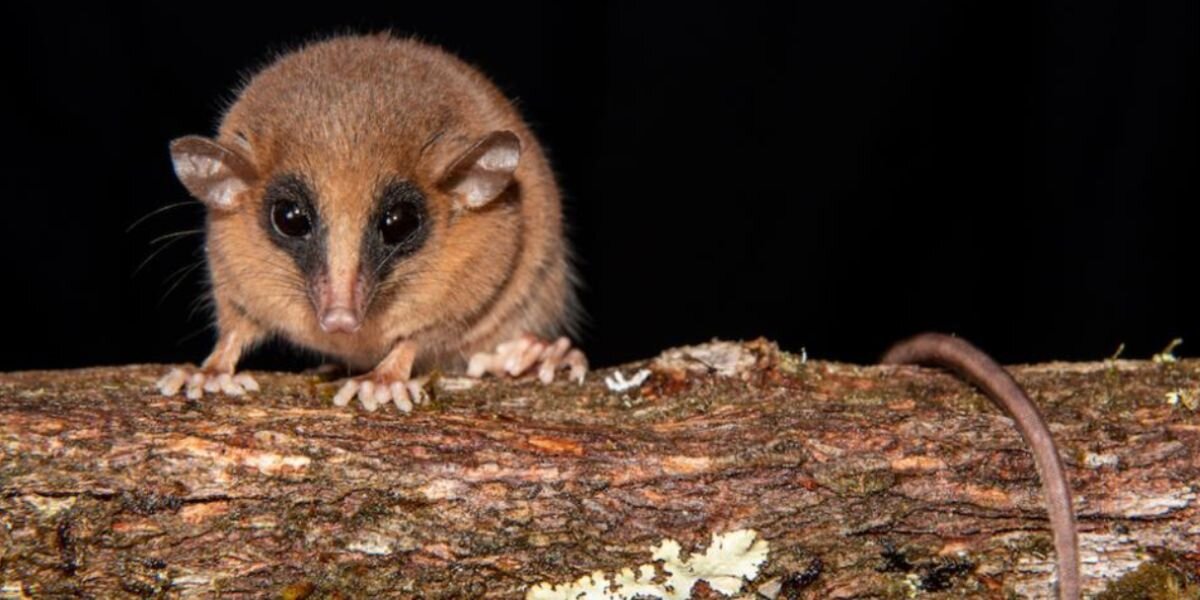In 2018, Cal Poly Humboldt biological sciences professor Silvia Pavan was on a research expedition in the Peruvian Andes, keeping her eyes peeled for a “mysterious” squirrel species, when she stumbled on an animal she didn’t recognize.
The little mammal had round ears and reddish fur, with black circles around his eyes that resembled a mask. Pavan was confused — mouse opossums like this one don’t usually live at such a high mountain altitude.
“I realized immediately that this was something unusual,” Pavan said in a press release.
 Pedro Peloso
Pedro Peloso
Pavan and her team brought their findings back to the lab, where researchers spent years trying to deduce whether or not the animal she’d seen was a new species.
“Scientists had to be absolutely certain it hadn’t already been documented, carefully comparing the specimen with others in museum collections — sometimes across different countries and continents — and running extensive lab tests, including DNA analysis,” Cal Poly Humboldt wrote in the release.
Recently, they confirmed what Pavan always suspected — the animal she’d seen was completely new to science.
 Pedro Peloso
Pedro Peloso
Pavan and her team gave the animal an official name, Marmosa chachapoya, after the Chachapoyas, an indigenous culture who lived in the Andes prior to the 18th century.
During the 2018 expedition, Pavan saw a few other notable species, including a “semi-aquatic rodent,” which scientists are still working to identify.
Pavan hopes that these discoveries encourage conversation and research efforts in the region. That way, scientists can continue searching for amazing animals, and the animals can continue to thrive.
 Scientists Find Rare ‘Barbie-Pink’ Animal Living In Deep Underwater CanyonWhy do you think they’re pink?
Scientists Find Rare ‘Barbie-Pink’ Animal Living In Deep Underwater CanyonWhy do you think they’re pink?
